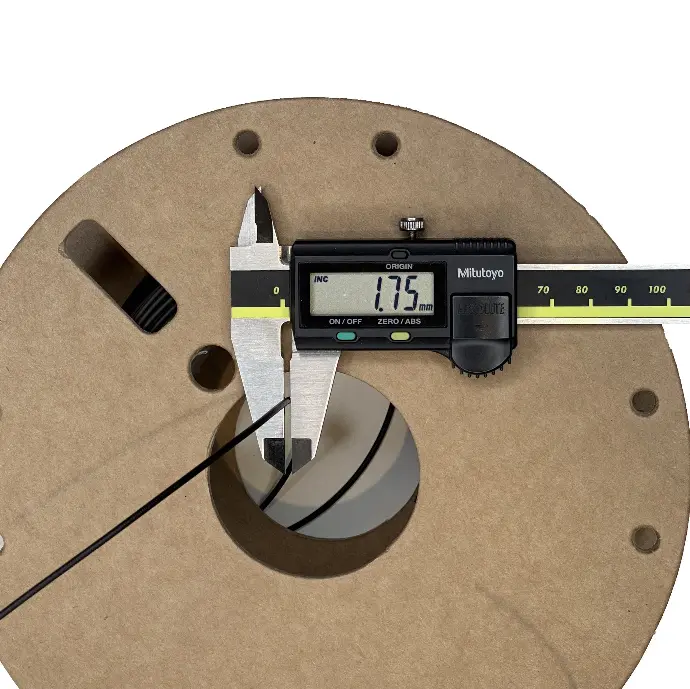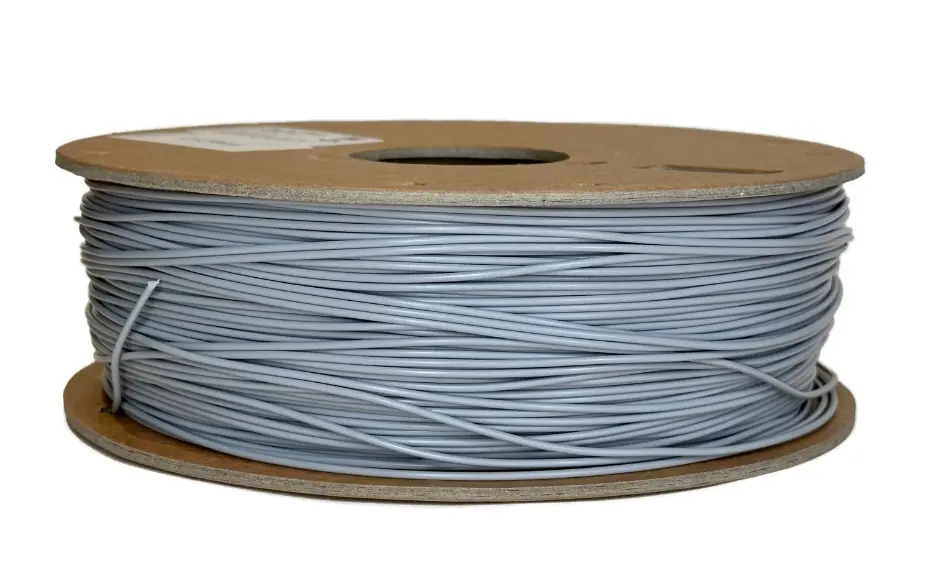What To Expect From Second Class
Second class filaments are filaments that may not meet the strict quality standards of higher-end filaments.
They are often labeled as such due to reasons such as a looser tolerance for diameter accuracy, the inclusion of multicolored transition filament, a cracked spool, or bad winding resulting in filament overlapping.
While these imperfections can impact the quality and consistency of the final print, second class filaments can still be a cost-effective option for those on a budget or hobbyists looking for more affordable printing materials.
It's important to keep in mind that second class filaments may require extra care and attention during use, and may not produce the same high-quality prints as top-tier filaments.
Let's look closer on the most common reasons why filament is labeled as Second class.
1. Diameter
Filament is labeled as second class when its diameter accuracy is not guaranteed within a tighter tolerance of +/- 0.02mm, but within a looser tolerance of +/- 0.05mm. This means that the diameter of the filament may vary more than the standard or higher quality filaments, which can impact the quality of the 3D prints.
Although second grade filaments may not have a precise diameter with a small tolerance, a tolerance of +/- 0.05mm is still satisfactory for most printers. Such filaments can be a cost-effective option for hobbyists and those looking for more affordable 3D printing materials.


2. Overlaping
The second reason why filament may be labeled as second class is due to bad winding, which can result in filament overlapping.
When the filament is wound onto the spool, it should be done so in a uniform and tight manner to prevent overlapping and tangling. Filament with overlapping is labeled as second class to indicate that it may require extra attention and care during use.
3. Transition filament
Another reason why filament may be labeled as second class is due to multicolored transition filament that is made after a color change in the extruder.
When switching between different colors, there can be a brief period where the two colors mix together, resulting in a multicolored section of filament.
Second-class filament may include this transition filament as a way to reduce waste. They are always labeled as "Transition Filament" and have listed colours.
While the multicolored transition filament may not affect the functionality of the filament, it can impact the aesthetics of the final print.


